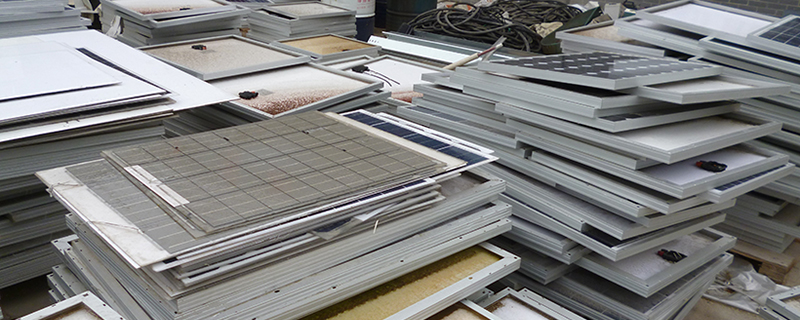PV monitoring can be compared to how we handle communications nowadays. Actually, how difficult is it for you to talk to your friend sitting in a train and using a cell phone while you are waiting for him at the railway station? Is it any more difficult to talk to him when you are sitting in Tokyo?
Communication is so easy these days. Listening to your solar devices on the rooftop, or in a solar farm, continents away, is also not a problem. Only, they need to be given lips. The lips come in the form of sensors with digital output ports.
Unlike other power generation equipment, a solar PV system needs relatively less care in running. However, this does not mean that solar PV systems are without need for care.
Optimal performance can only be obtained by regular attention to certain aspects. So, what parameters should be monitored?
On the importance of PV monitoring
The most important parameter is the system output in terms of power. This is your return on investment (ROI).
Power may be monitored independently or as product of output voltage and current. If this power is less than expected, as it is frequently experienced with systems all around the globe, then you need to know other parameters to diagnose the problem.
Parameters which are normally monitored are:
At the array, DC output
Voltage: VDC
Current: IDC
Power: PDC
At the inverter, AC output
Voltage: VAC
Current: IAV
Power: PAC

Performance monitoring of individual PV modules equipped with Enphase microinverters via Enphase’s Enlighten platform (source: Sustainable Living)
Main pillars of PV monitoring
Let’s have a look at the main pillars of PV monitoring:
Reporting and Recording
For small systems, manual observation (and recording) may be sufficient. But for a larger, commercial set up, reporting may be automated through any of the means made possible by technology.
The connection can be WiFi, bluetooth, or cable, depending on the distances involved. Automated reporting has the advantage of direct recording into a data logging and analysis system.
PV monitoring – analysis
A decision or at least warning is the fruit of PV monitoring, and is made ripe only by the sunshine of analysis. One basic consideration is: how does this current value compare with the expected value? That is what raises the alarm.
But another consideration is trending: is the performance falling faster than expected in autumn and not rising fast enough in spring? How fast is the year on year average output varying?
Human Supervision
You may possess the most sophisticated PV monitoring, reporting and analysis equipment. But an alert eye will often note things which none of these intelligent systems will do.
It is important for the owner or manager, and indeed all involved staff to be vigilant. Routine inspections will point out hazards before they fall, particularly things like worn out or damaged cables just about to break, a discolored resistor, a loose terminal, etc.
For identification and troubleshooting of faulty components and system malfunctions, technical inspections are an increasingly popular way for owners, managers and investors to ensure long lifetime and ROI of their PV system.
Optional
Where possible, it may be useful to have a pyranometer monitoring and recording solar conditions. Correlation of sunlight conditions with the AC output will point any weakening link.
Communicating with the system: technologies
Communication means are now virtually unlimited. For distances up to 1200m, which is quite a distance for a home PV system, RS 485-based twisted pair multi-node cable communication is possible.
The data rate in solar system monitoring is rather low, since things change very slowly, unless the system is subject to catastrophe situations.
Another wire-based possibility is via the grid, with the power cables being modulated with the data.
WiFi communication is now ubiquitous, with equipment communicating over large ranges. Both ends must be WiFi equipped and following the same communication protocols. For very short ranges, even Bluetooth is possible.
Internet provides unlimited ranges, and the possibility of getting all the information even while traveling. Although internet can provide very wide bandwidths, solar system monitoring does not need much of it for reason already discussed. GPRS is another possibility.
At the receiving end, it is generally a computer terminal, receiving, displaying and logging. The same terminal is generally used for analysis, of previous data, maintaining service records, and if necessary, for remote control of equipment. Alternatively, individual displays may be installed. This option is, however, not very popular.
Solar PV systems can nowadays also be monitored via portable devices in form of tablets and smart phones.
Ready-built systems are available to cater for all needs and desires for the right price. When buying such remote monitoring and control equipment it is very important to go for a reputed supplier.
Further, it is recommended to go for a complete solution, and the system chosen should have a history of successful operation.







Magzoub
on 28 Sep 2016